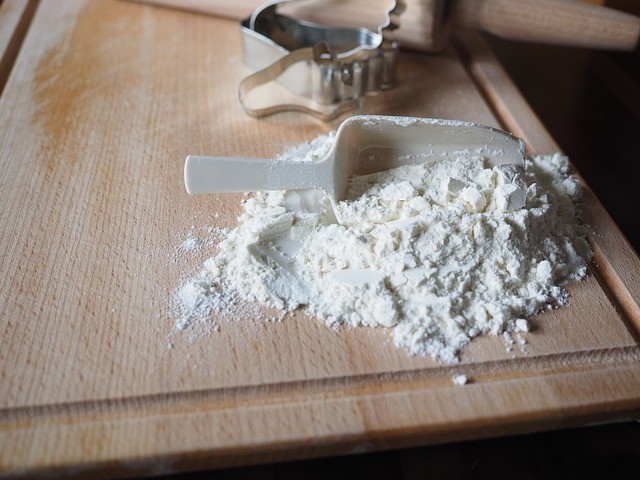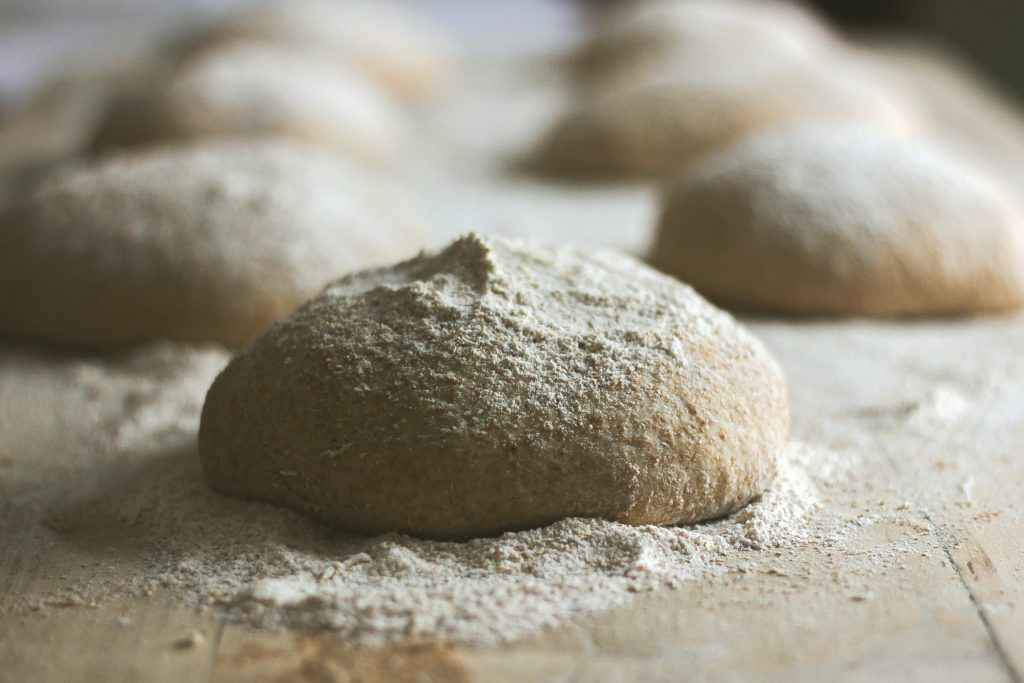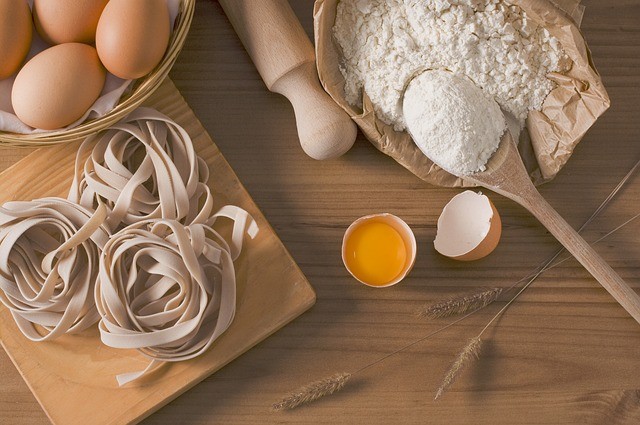Whether it’s pastries, bread, or pasta, flour is the key component for a wide majority of different foods. With that said, however, not all are created equal.
This article will cover the many different varieties of flour, as well as their multiple uses, so you can exercise more control over your kitchen creations!

Contents
Different Types of Flour
Self-Rising Flour
Starting with the most basic, most common, and easiest to use, self-rising flour is simply all-purpose wheat flour that has a leavening agent added in. This is generally baking powder and a small amount of salt.
It is also lower in protein, resulting in softer dough when used. It is ideal for recipes such as biscuits or cookies.
While incredibly versatile, it isn’t really designed for something meant to be crispy, or for pasta, which is generally high in gluten.
All-Purpose Flour
As the name implies, this flour is much more versatile than the previous variety, but also more difficult to use. If you plan on cooking with this, you will need to add baking soda, baking powder, and salt, or else you will end up with a disgusting lump.
As for applications, all-purpose flour is used for everything, from cookies to pasta dough.It is perfect for just about everything, as long as you’re sure to provide the proper leavening agents or suffer the consequences.
Both self-rising and all-purpose flour are considered white flour, due to the bleaching process that is used to make it.
This process gives it a higher shelf life than other varieties, but the downside is, it lacks in much of the nutritional value contained inside the initial wheat grain.
Bread Flour
Similar to all-purpose flour, bread flour is an incredibly useful, but far more one-dimensional; it’s designed for, as the name implies, bread.
This flour is much higher in protein than all-purpose and self-rising flour, and as such, makes for a denser confection.
See more: what is strong flour?
It also requires some leavening in the form of baking soda, baking powder, and salt, in order to rise properly for the ideal taste. You can also use yeast to create a more stretchy, doughy bread that ends up crisping rather smooth, which is perfect for toast and breakfasts.
Regardless, it’s an excellent variety of flour for its namesake, perfect for any aspiring baker.
The downside is, it lacks many of the initial health benefits that were contained within the original oils, so it is advised to mix it with another variety such as whole wheat flour to make it a healthier bread (which will be discussed later in the article).

The upside, however, is that it stores significantly better than whole wheat and doesn’t need to be refrigerated in order to do so.
So, if you’re planning to make large batches that are cooked over time, this is your main option.
Cake Flour
On the opposite side of the flour spectrum, there is cake flour. Due to the way it was ground and refined, this variety is much lighter and less dense than the previous two.
Cake flour is designed to hold moisture a little better than the previous two, and, as such, it’s more designed for pastries or typical cakes.
It is also more finely milled, allowing for more air in the batter and resulting in a much lighter baked good.
With that said, it still requires a leavening agent in order to rise properly and to get the light-airiness you desire. However, it’s not advised to use yeast.
Traditionally, baking soda and baking powder are incorporated, as these create much less gluten and allow for it to be even fluffier.
Whole Wheat Flour
For those who are more health conscious, there is whole wheat flour. This variety is significantly higher in fiber, because it uses every part of the wheat grain and doesn’t waste anything.
It is often leveraged in bread baking due to its high protein content, but it is rare for it to be used in its pure state, instead being mixed with white flour to give a more palatable texture and flavor, as well as including additional nutrients that are lost in the process of creating white flour.
This variety is also high in calcium, iron, fiber, and other minerals like selenium, but has a shorter shelf life than white flour due to its high oil content, which will lead to rancidification if not stored in an airtight container in the refrigerator.

Conclusion
Bakers and chefs alike will agree that flour is the key to making great baked goods. However, not all varieties of flour serve the exact same purpose.
Many will require their own leavening agents to function properly, be it yeast or a combination of baking soda, baking powder, and salt.
Because of this, you will want to make sure you have the proper supplies on hand before attempting to work with them.
What’s your favorite flour to use?
